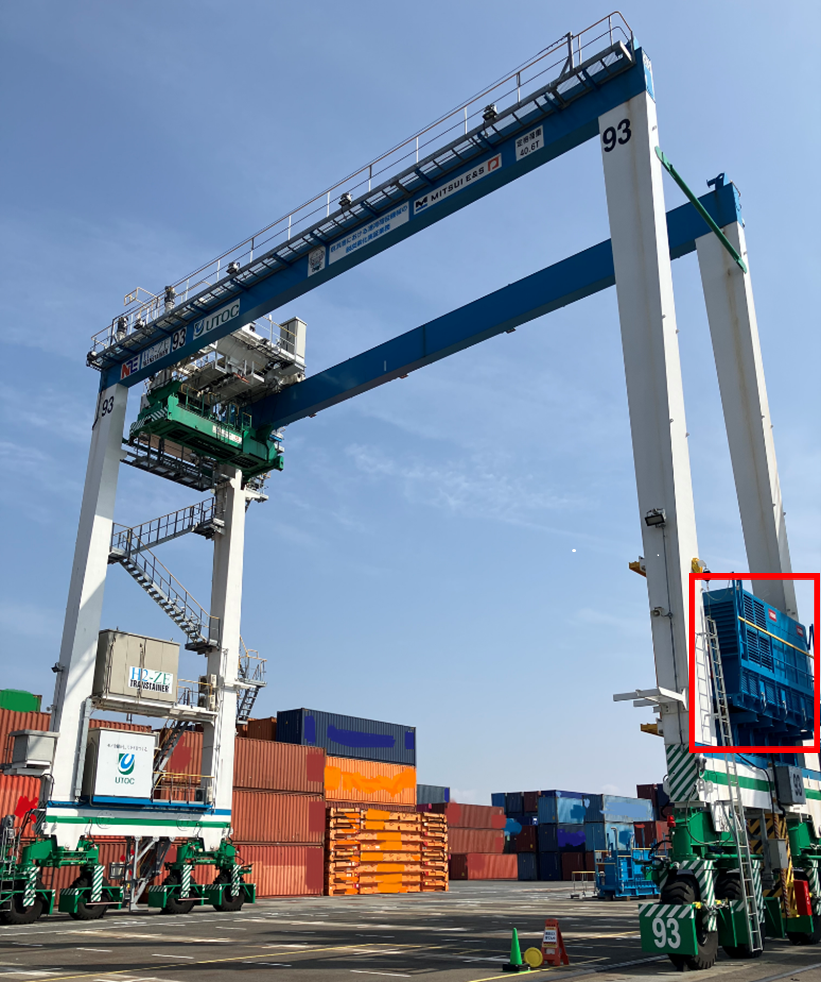Hydrogen-Powered Revolution in Yokohama Port: Zero-Emission Cargo Handling Advancements
Key Ideas
- Japanese company Mitsui E&S successfully replaces a diesel engine with a hydrogen fuel cell power pack on rubber-tired gantry crane at Yokohama Port for zero-emission cargo handling.
- The initiative aims to reduce CO2 emissions at ports, contribute to carbon neutrality, and promote technological advancements in environmentally friendly cargo handling equipment.
- Mitsui E&S has a history of developing hydrogen-fueled cargo handling equipment, with previous success in the commercial operation of a hydrogen-powered RTG crane in the Port of Los Angeles.
- The article also highlights other advancements in the industry, such as Tsuneishi Shipbuilding's acquisition of Mitsui E&S Shipbuilding and Mitsui E&S's test operation of an ammonia dual fuel engine for decarbonizing shipping.
Japanese company Mitsui E&S has taken a significant step in the realm of sustainable cargo handling by introducing a hydrogen fuel cell power pack on a rubber-tired gantry crane at Yokohama Port. This innovation marks a shift towards zero-emission cargo handling equipment, aiming to reduce CO2 emissions at ports and support carbon neutrality efforts. Mitsui E&S, known for its development of hydrogen-utilizing cargo handling equipment, continues to lead the way in environmentally friendly technologies. The successful operation of a hydrogen-powered RTG crane in the Port of Los Angeles in 2024 underscores the company's commitment to sustainable practices. Additionally, the article mentions Tsuneishi Shipbuilding's acquisition of Mitsui E&S Shipbuilding, consolidating their presence in the industry. Moreover, Mitsui E&S's test run of a large-bore low-speed ammonia dual fuel engine signals further advancements in decarbonizing the shipping sector. These initiatives collectively showcase the ongoing progress towards a greener and more sustainable future in the maritime industry.
